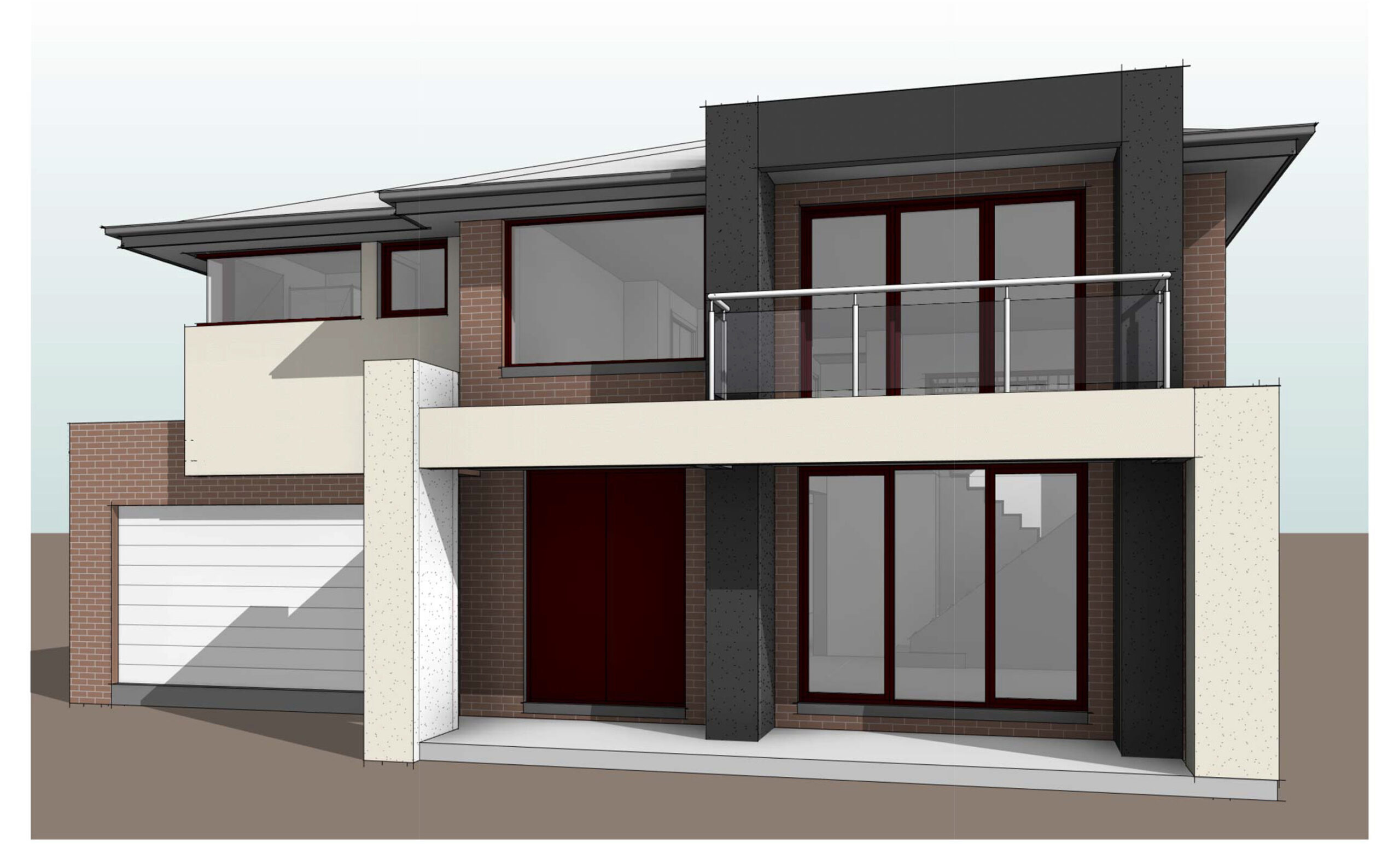Collaboration & Communication: Key Facts in Outsourcing Creative Design Services
Posted on : May 25, 2023
Collaboration and communication play a pivotal role in the success of outsourcing creative design services. When businesses partner with external agencies or freelancers to fulfill their design needs, effective collaboration and communication become the cornerstones for achieving desired outcomes. This article explores the importance of collaboration and communication in outsourcing projects and provides key insights on how to ensure successful partnerships. Let’s delve into the world of collaborative design outsourcing and uncover the key facts.
Introduction
In today’s competitive business landscape, outsourcing creative design services has become a popular choice for organizations seeking cost-effective solutions without compromising on quality. Collaboration and communication are essential elements that enable seamless cooperation between clients and design service providers, facilitating the creation of exceptional design assets. By establishing a strong foundation of collaboration and communication, businesses can harness the benefits of outsourcing and maximize their design endeavors.
Benefits of Collaboration in Outsourcing Creative Design Services
Improved Creativity and Innovation: Collaboration brings together diverse perspectives and expertise, fostering a creative environment that encourages fresh ideas and innovative solutions. When outsourcing creative design services, collaboration enhances the exchange of ideas, resulting in design concepts that are both aesthetically pleasing and strategically aligned with the client’s objectives.
Access to Specialized Skills and Expertise: Outsourcing design services allows businesses to tap into the expertise of professionals who possess specialized skills and knowledge. Collaborating with design agencies or individual designers provides access to a wider talent pool, enabling the creation of high-quality designs that meet specific requirements.
Increased Efficiency and Productivity: Effective collaboration streamlines the design process, minimizing delays and enhancing productivity. By working together closely, clients and designers can align their efforts, establish clear workflows, and eliminate redundant tasks, ultimately delivering design projects within the desired timelines.
Strategies for Effective Collaboration in Outsourcing Projects
To ensure successful collaboration in outsourcing creative design services, it is crucial to implement the following strategies:
Clearly Define Project Goals and Objectives: Establishing clear project goals and objectives from the outset is essential. Clearly communicate the desired outcomes, design preferences, and any specific guidelines to the outsourcing partner. This helps align the design process and ensures that both parties are on the same page.
Establish Open Lines of Communication: Effective communication is the foundation of collaboration. Set up regular communication channels and establish a clear feedback mechanism. Encourage open and transparent communication to facilitate the exchange of ideas, feedback, and updates throughout the project.
Foster a Collaborative Culture: Create a positive and collaborative work environment. Encourage teamwork, trust, and mutual respect between the client and the design team. Promote open-mindedness and encourage everyone to contribute their ideas and expertise to the project.
Use Project Management Tools and Software: Leverage project management tools and software to streamline collaboration and ensure effective communication. These tools can help with task management, file sharing, version control, and real-time collaboration, allowing all stakeholders to stay organized and informed.
The Role of Communication in Outsourcing Creative Design Services
Communication is a critical aspect of outsourcing creative design services. Clear and effective communication ensures that project requirements are understood, design concepts are accurately conveyed, and feedback is incorporated in a timely manner. Here are some key considerations when it comes to communication in outsourcing projects:
Clear and Concise Communication: When communicating design requirements or feedback, clarity and conciseness are paramount. Clearly articulate your expectations, provide detailed instructions, and use visual aids if necessary to enhance understanding.
Regular Updates and Feedback: Establish a regular cadence for project updates and feedback. This keeps all parties informed about the progress of the project and allows for timely adjustments if needed. Encourage open communication and provide constructive feedback to maintain a collaborative atmosphere.
Resolving Conflicts and Challenges: In any collaborative endeavor, conflicts or challenges may arise. Promptly address any issues that arise during the project and work together to find solutions. Maintaining open lines of communication and a problem-solving mindset helps overcome obstacles and keeps the project on track.
Cultural and Language Considerations: When outsourcing to a different country or working with a diverse team, cultural and language considerations come into play. Respect cultural differences, be aware of potential language barriers, and foster an inclusive environment that values diversity. Effective communication may require adapting to different communication styles and using language that ensures clarity and understanding.
Best Practices for Effective Communication in Outsourcing Projects
To optimize communication in outsourcing creative design services, consider the following best practices:
Choose the Right Communication Channels: Select communication channels that suit the project’s needs. Options include email, instant messaging platforms, video conferences, and project management tools. Use channels that enable efficient and timely communication while considering the preferences and availability of all stakeholders.
Maintain Transparency and Honesty: Foster transparency by sharing project updates, milestones, and potential challenges. Be honest and transparent about expectations, timelines, and any changes that may affect the project. Transparency builds trust and strengthens the collaborative relationship.
Active Listening and Understanding: Actively listen to the insights and perspectives of the outsourcing partner. Seek to understand their suggestions and concerns, and encourage open dialogue. Active listening promotes effective communication and helps to forge a stronger partnership.
Documenting Important Discussions and Decisions: Keep thorough documentation of important discussions, decisions, and project updates. This serves as a point of reference and ensures that everyone is aligned. Documenting communication helps avoid misunderstandings and provides a record of the project’s progress.
Conclusion
Collaboration and communication are integral to successful outsourcing of creative design services. By prioritizing effective collaboration, establishing clear communication channels, and embracing a transparent and inclusive approach, businesses can leverage the benefits of outsourcing while achieving outstanding design outcomes.
Remember, clear project goals, open lines of communication, and a collaborative culture are crucial for effective collaboration. Additionally, clear and concise communication, regular updates and feedback, and addressing challenges proactively play vital roles in successful communication.
While challenges such as time zone differences, language barriers, misalignment of expectations, and lack of trust may arise, they can be overcome through careful planning, understanding, and proactive solutions.
Real-life case studies provide valuable insights into successful collaboration and communication. By examining examples where companies and outsourcing partners have effectively worked together, businesses can learn best practices and apply them to their own projects.




